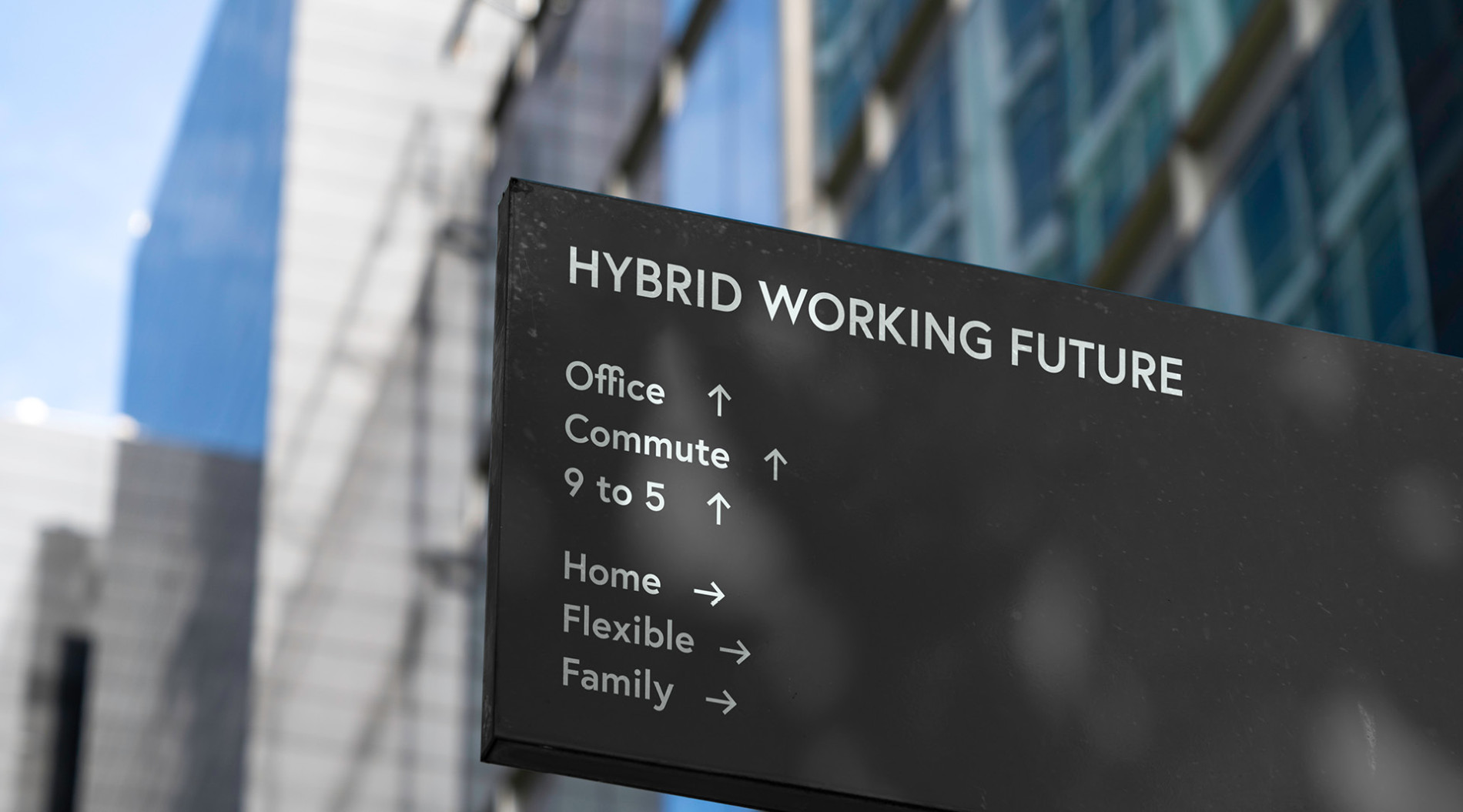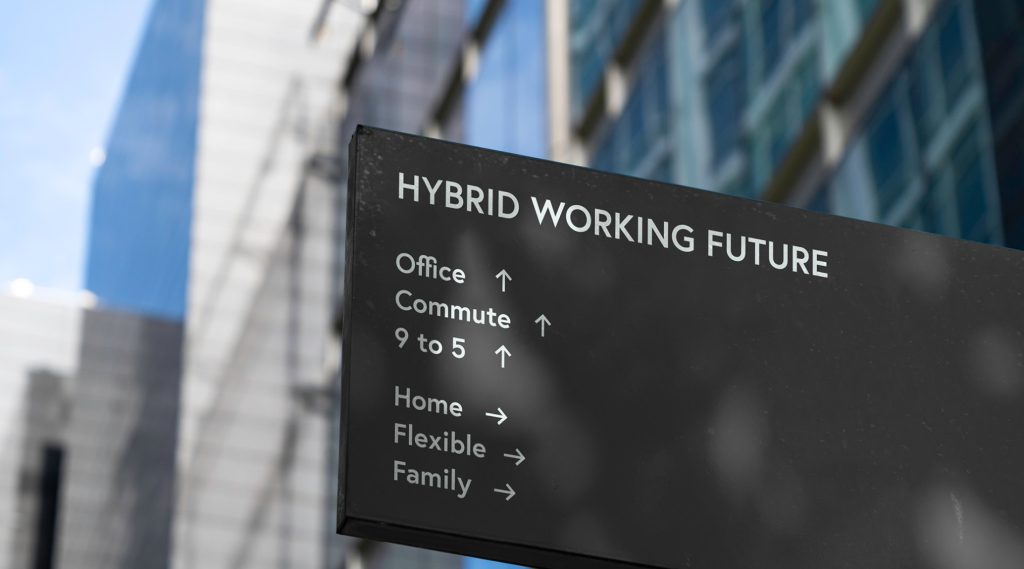The Benefits of an Engaged Workforce
In the first part of our culture series, ‘Toxic Workplace Culture‘, we covered ways to create a positive workplace culture post-Covid and how to tackle toxic cultures. Now, we address a term which goes hand in hand with corporate culture – employee engagement.
Employee engagement is defined as the emotional commitment each employee has to their work, their role, and the organisation. While culture represents the beliefs, values and practices that define an organisation, employee engagement is about how individuals feel within the workplace.
As we have already established, a positive corporate culture is essential for success. But you can’t achieve this without engaged workers. While many organisations have tried to make employee engagement a priority for decades, it remains one of the biggest workforce challenges today. In fact, a recent Gallup study found that only 13% of employees worldwide are engaged.
The benefits of employee engagement have long been praised and the effect on an organisation is always hailed as a positive one. Here, we break down what employee engagement can truly bring to a company and how it can drive your organisation’s success.
Increased productivity
This is what we hear time and again – engaged employees equal increased productivity. Why? Because when you’re engaged, your commitment makes you go that extra mile and work harder with enthusiasm. Research shows that engaged workers are 17% more productive than their disengaged colleagues.
Happier employees
An organisation with a highly engaged workforce doesn’t need tactics like pressured deadlines, pitting colleagues against one another, or aggressive leadership to motivate employees. Performance is instead enhanced by open communication, recognition, and 360-degree feedback.
Without the mental strain of a tyrannical boss or competing with peers whilst drowning in unrealistic workloads, employees are happier. And when you have a happy workforce, you save money – the cost of mental health conditions linked to the workplace in Australia is approximately $10.9 billion per year.
Decreased turnover
When employees are engaged, they are more likely to stay with their organisation. A recent Gallup study found that companies with a highly engaged workforce achieve a turnover that is 24% lower than those with disengaged employees. Gallup further found that 51% of employees are considering leaving their current job, citing workplace conflict and a lack of pay rise and recognition as the main reasons. When you fail to meet the needs of your employees, chances are they will leave for greener pastures. With an engaged workforce, you avoid turnover costs and boost retention.
Reduced Absenteeism
It’s normal for employees to take sick days and need time off work. However, when you see repeated absences, this is a warning sign of disengagement. When absences become a regular occurrence, it disrupts productivity and impacts the team as a whole. Engaged employees are passionate and care about the job they do, so it makes sense that they are going to show up to work. In fact, workplaces with highly engaged employees see 41% lower absenteeism than disengaged workplaces.
A healthier workforce
Engaged workplaces prioritise employee health. Flexible working schedules, wellbeing programs, and providing healthy food all lead to a healthy workforce. Gallup research revealed that 62% of engaged workers feel their job has a positive impact on their physical health, in contrast to 39% of disengaged employees. When it comes to mental health, the results were even more striking, with 78% of engaged employees stating their work benefits them psychologically, while only 22% of actively disengaged workers said the same. In a Harvard Business Review article, researchers Emma Seppälä and Kim Cameron reported that, “Although there’s an assumption that stress and pressure push employees to perform more, better, and faster, what cutthroat organisations fail to recognise is the hidden costs incurred.” They found that high-pressure companies had almost 50% more health expenditures than their lower-pressure competitors.
Satisfied clients and customers
As business magnate Richard Branson says, “Clients do not come first. Employees come first. If you take care of your employees, they will take care of the clients.” Engaged employees care about their work and contribute to a positive work environment. This has a knock-on effect on customers and clients – they will enjoy a more friendly and attentive experience. Moreover, employees who are more engaged advocate for the company and make sure to represent it in the best possible way.
A safer workplace
An unsafe workplace has drastic effects throughout a company. Productivity deteriorates and costs rise due to increased insurance claims. Implementing a culture of safety is essential in any organisation. It promotes higher employee engagement by making workers feel valued and secure. Being engaged makes employees more mindful of their work environment, making it a safer space. Gallup research shows that highly engaged workplaces see 70% fewer safety incidents.
A positive company culture
We’ve all worked with people whose negativity brings down the morale of the team. These disengaged employees have a massive impact on their co-workers – 42% of employees feel their peers have the biggest influence on their engagement. It’s clear then, that engaged employees drive a better working environment. They motivate others, are more collaborative, and show more support. By focusing on employee engagement, you’re building a positive workplace and an overall improved company culture.
As former CEO of Campbell Soup, Douglas Conant states, “To win in the marketplace you must first win in the workplace.” In an increasingly competitive world of work, prioritising employee engagement can be your organisation’s key advantage and pave the way for future success.











